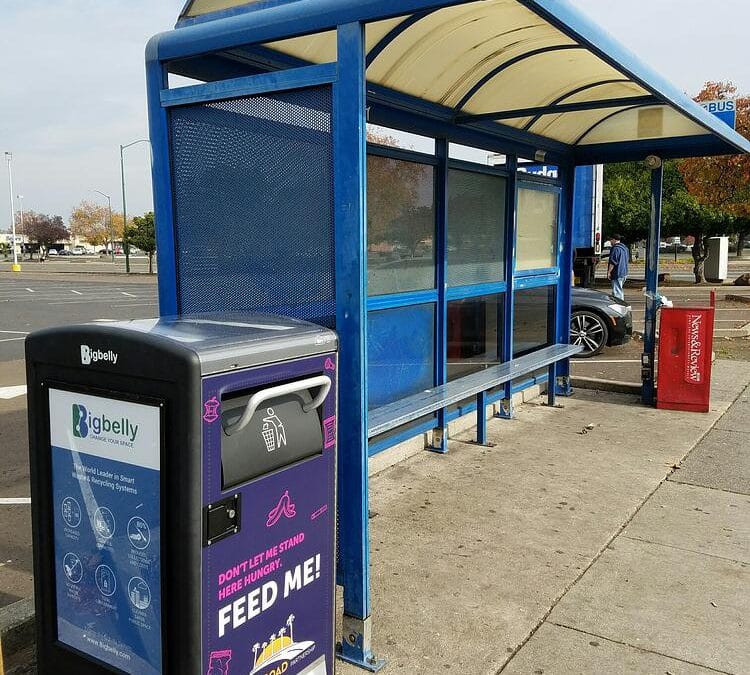Waste collection challenges for transit systems/public transportation: How to address the problems
(Reference: Along for the ride Bigbelly Smart Waste for Transit Systems)
Waste collection challenges for public transportation are many and varied. From the high volume of riders to the need for frequent collection, it can be a daunting task to keep everything running smoothly. In this blog post, we will take a look at some of the most common problems and how they can be addressed.
Waste collection challenges for public transportation
- The traditional way of managing waste is a hassle for public transit systems. They have to deal with large ridership areas, high volumes that pass through on a daily basis and collection scale issues.
- The Big Belly Bin is designed with high-volume waste in mind and can hold more than three times the volume of traditional bins without needing frequent collections throughout the day. This helps in avoiding riders being interrupted by collection crews during peak hours!
- Waste Overflow, Public Health & Safety Concerns: Littering is an eyesore and poses a health risk to both riders as well staff members.
- Pests & Scavenging: Open-interface bins make it easy for animals and insects to get at the waste. This is because they provide public access which poses pilfering challenges as well as vandalism risks!
- Labor Shortage & Workforce Optimization: Transit systems are struggling with a shortage of labor, allocating staff resources and meeting 24-hour waste management demands.
One company that is helping public transportation systems overcome these challenges is Bigbelly. With its Waste & Recycling Collection System, Bigbelly has been able to help and achieve significant reductions in waste collection costs and improve recycling rates.
The Bigbelly Waste Collection System is designed to address the specific challenges of public transportation. For example, it can be used to collect waste at high volumes, in difficult-to-reach areas, and with minimal manpower. In addition, the system can be customized to fit the needs of each individual agency. Bigbelly has worked with a number of public transportation systems, including the MBTA in Boston and the Port Authority of New York & New Jersey, to help them overcome their waste challenges.
Advantages of Bigbelly’s solution features & benefits.
High-Capacity Compactor: The Bigbelly HC5 station can hold up to five times as much waste than traditional bins, cutting down on collection frequency.
Total Waste Containment Hopper: Disposal Interface eliminates windblown litter, human and animal access to waste as well as supports public health initiatives.
Above-Ground & Underground Solution: Whether you’re looking for an above-ground or underground solution, our solar-powered and adaptable to indoor/underground locations using a low-energy AC adapter will meet your needs.
Bigbelly’s CLEAN Software Management Platform: is the perfect tool to help you manage your station. With real-time updates, notifications and alerts for when maintenance needs arise or if there are any other issues with a machine; this software will save teams hours of time every week!
Measurable Sustainability: You can improve your recycling and reduce greenhouse gas emissions by taking refuse trucks off the road. Bigbelly reports & tracks you how much recyclable material has been collected, which will soon include information about reduced Greenhouse gases!
If you are looking for ways to improve your public transportation system’s waste management infrastructure, Bigbelly is definitely worth considering. With its Waste & Recycling Collection System, Bigbelly has the experience and expertise to help you overcome your waste challenges.
Contact us today to learn more about how Bigbelly Waste Collection Solutions can help you!

